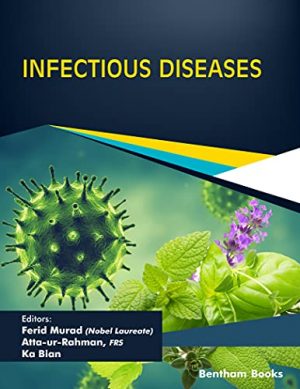Infectious Diseases
Infectious Diseases

Herbal Medicine: Back to the Future compiles expert reviews on the application of herbal medicines (including Ayurveda, Chinese traditional medicines and alternative therapies) to treat different ailments. The book series demonstrates the use of sophisticated methods to understand traditional medicine, while providing readers a glimpse into the future of herbal medicine. This volume presents reviews of plant based therapies useful for treating different infectious diseases. The list of topics includes some niche reviews in this area including a review of the neem plant, the historical use of herbs in infectious disease therapy in Russia, and natural remedies from garlic, among other topics.
FOR MORE BOOKS VISIT EDOWNLOADS.ME
The topics included in this volume are:
– Improving anti-microbial activity of allicin and carvacrol through stabilized analogs and nanotechnology
– Plant phenolics as an alternative source of antimicrobial compounds
– Herbal medicine in Russia’s history: the use of herbal medicine for infectious diseases in Russia’s history
– Azadirachta indica (neem) in various infectious diseases
– Contribution of novel delivery systems in the development of phytotherapeutics
This volume is essential reading for all researchers in the field of natural product chemistry and pharmacology. Medical professionals involved in internal medicine who seek to improve their knowledge about herbal medicine and alternative therapies for tropical and other infectious diseases will also benefit from the contents of the volume.
DOWNLOAD THIS MEDICAL BOOK








